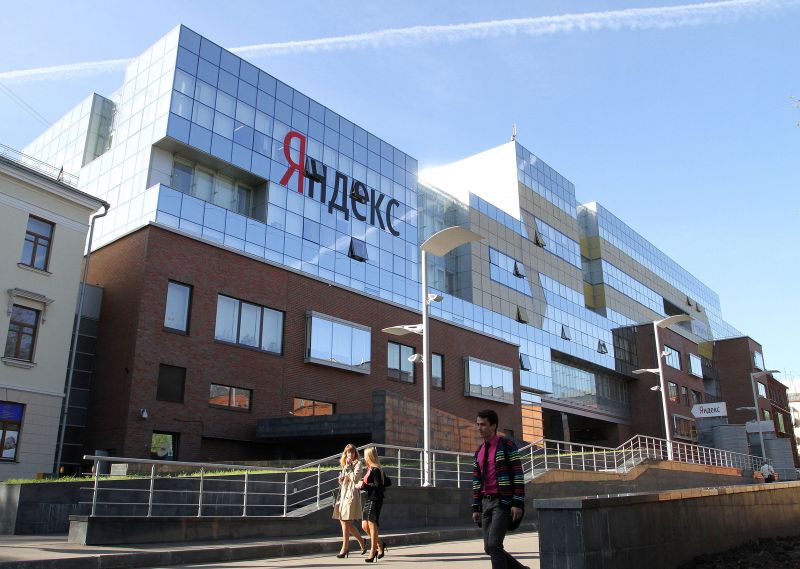Internet as a globalized market
The possibility of trading in the Internet environment allows us to consider it as a global electronic market. The peculiarities of the electronic Internet market are that, firstly, it is open, that is, affordable for companies of all sizes and for consumers, and, secondly, global, that is, access is possible from anywhere in the world. ball. The openness of the market is also due to the fact that it is characterized by a rather low barrier to entry of firms by it.
Consider the features of the Internet as a means of retail:
the consumer can interact with the Internet and make purchase requests directly through the Internet environment;
consumers can control the receipt of information about products and services and receive it at any time of the day from anywhere in the world;
the organization of retail trade on the Internet requires a relatively smaller investment compared to the organization of trade in traditional ways;
compared to trading on television or trading in catalogs, consumers may request additional information sufficient to complete the purchase, including online.
Thus, the development of the Internet environment of the market requires the implementation of three basic conditions:
the conquest of firms using the Internet as a distribution channel, consumer confidence;
ensuring the reliability of participants and their transactions;
Securing the transmission and subsequent storage of data in the Internet environment.
The following methods can be suggested as methods of gaining trust:
an increase in guarantees that transfer the risk of purchase from the buyer to the seller;
significant discounts for first customers. The first transaction significantly improves the trust relationship between the buyer and the company, which were previously almost absent;
detailed information about the company, including the history of the company, business philosophy and biography, approval marks from other firms certifying the seller, etc.
Security Techniques
The basis of the existence of payment systems are methods of ensuring the security of payments through the Internet, since the network is completely open to external access. The main technologies in this process are:
encryption;
digital signature;
digital certificates.
Encryption is used to hide information from unauthorized persons at the conclusion of the transaction. Encryption technology converts plain text into a form that cannot be read without possessing a special encryption key. Thanks to this technology, it is possible to organize secure communication over publicly accessible unprotected channels, such as the Internet. Currently, the most common method of protecting electronic transactions on the Internet is the Netscape Secure Socket Layer (SSL) protocol, which is supported by leading browsers. SSL protects data transmitted over TCP / IP networks using application protocols (such as HTTP, Telnet. NNTP or FTP), through encryption, as well as server and client authentication.
Digital signature. Encrypting data transmitted over the Internet allows you to protect them from unauthorized persons. However, for complete security, there must be confidence that the second participant in the transaction is the person for whom he claims to be. In business, the most important identifier of the customer’s identity is his signature.
E-commerce uses the electronic equivalent of a traditional signature – a digital signature. It can be presented in court and prove that the order was made by this particular buyer. Thus, a digital signature performs a very important function – it cannot be abandoned. With its help, you can prove not only that the transaction was initiated by a certain source, but also that the information was not corrupted during the transfer. As in encryption, electronic signature technology uses either a secret key (in this case, both participants in the transaction use the same key) or the public key (and a pair of keys is required – public and private). And in this case, public key methods (such as RSA) are more popular and easier to use.
Internet payment systems. The technologies described above serve as the basis for the implementation of payment systems in the Internet environment. The number of existing payment systems today is several dozen. Despite the diversity, they can be divided into four main groups:
communication protocols for secure data transfer;
plastic card systems;
smart card based payment systems;
electronic cash.
A new type of payment on the Internet is digital cash. The term “digital cash” defines the category of electronic payment systems that are trying to transfer the benefits of cash from the real world to the world of the Internet. Digital cash is very large numbers or files that perform the functions of currency. Unlike other payment systems, these files are the money itself, not the notes about them.
Russian payment systems can be divided into the following categories:
Payment systems using credit cards. Their number includes CyberPlat, Assist, ElIT, WebPlus, Instant, RussianStory and others.
Electronic cash systems – PayCash and WebMoney.
Internet banking systems, example, “Home Bank” Avtobank.




